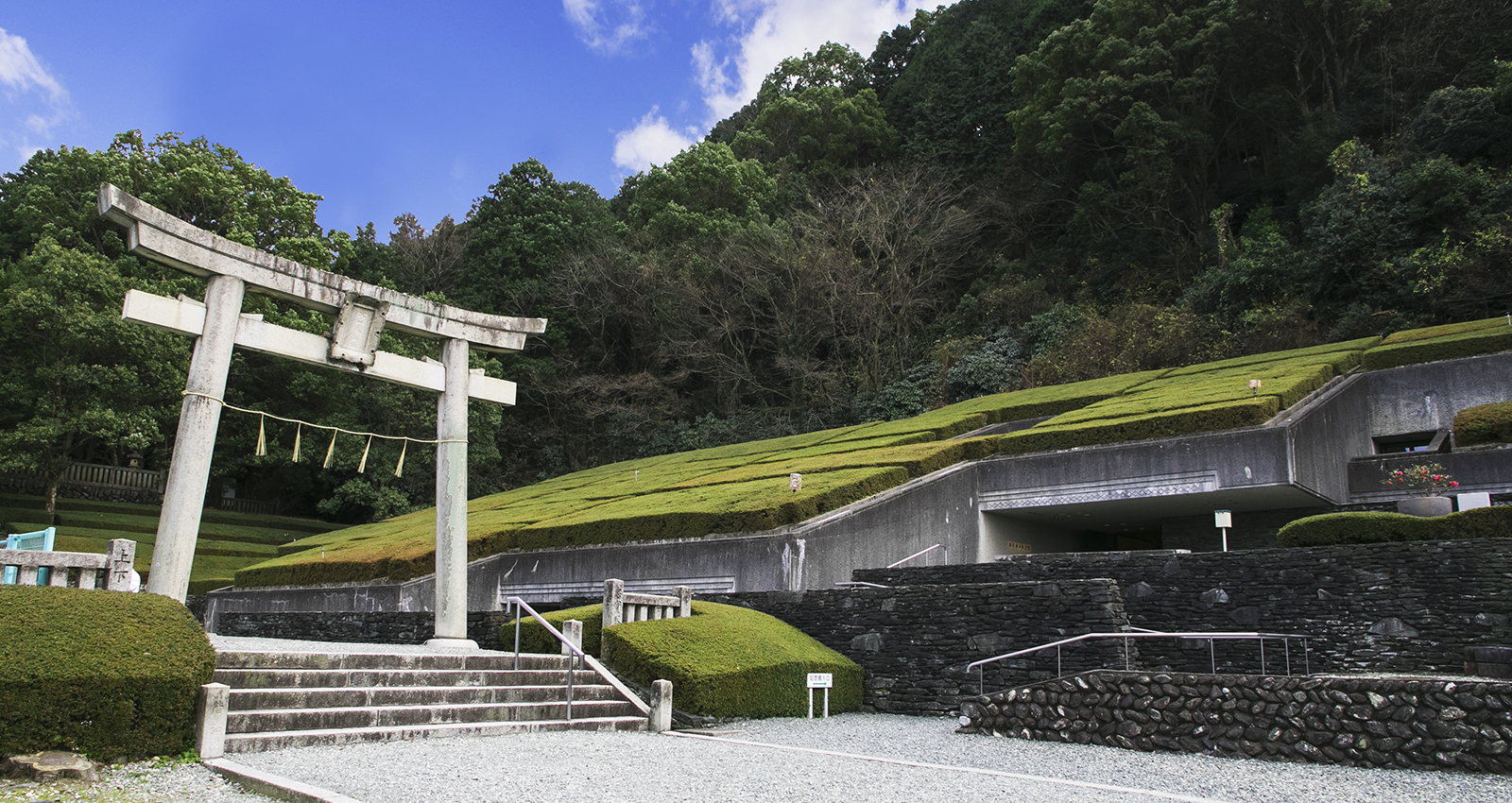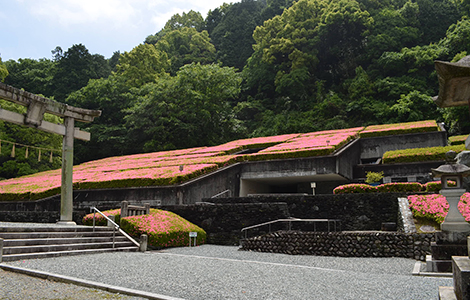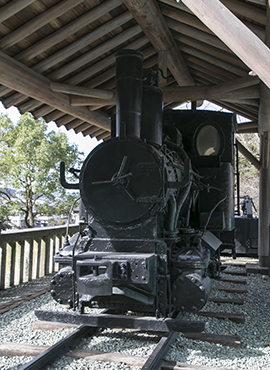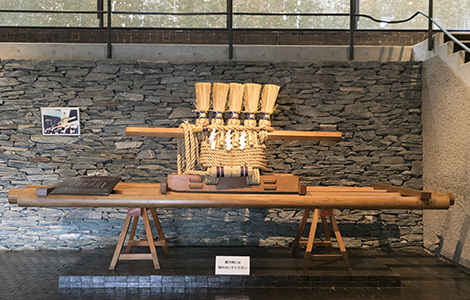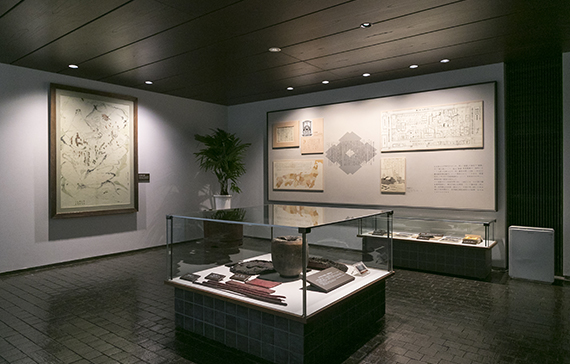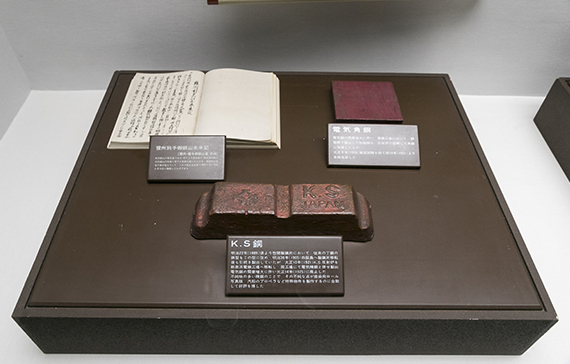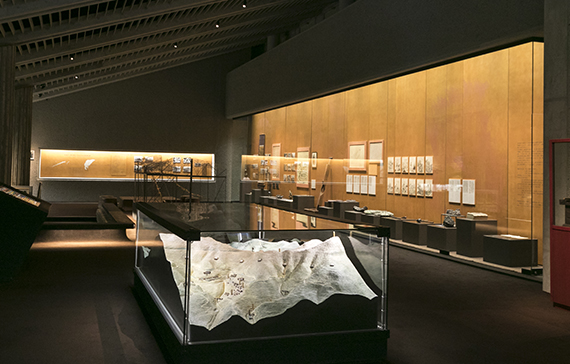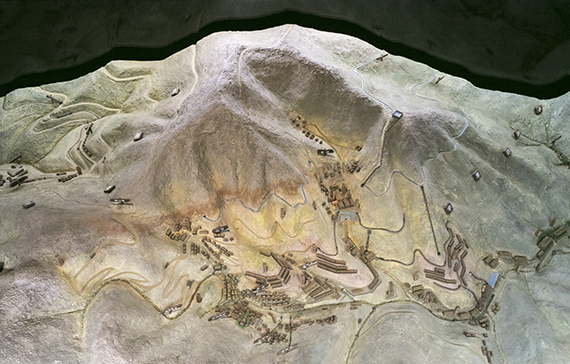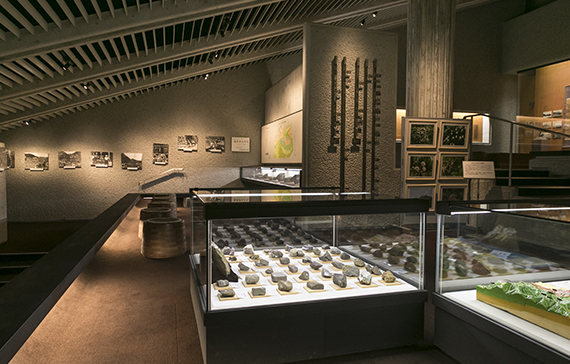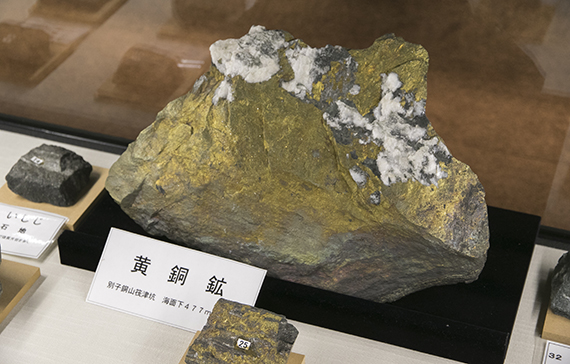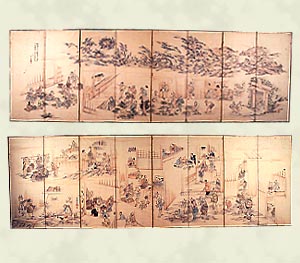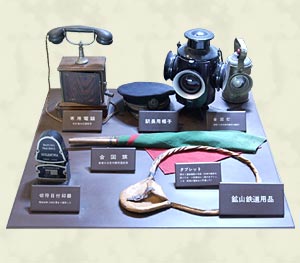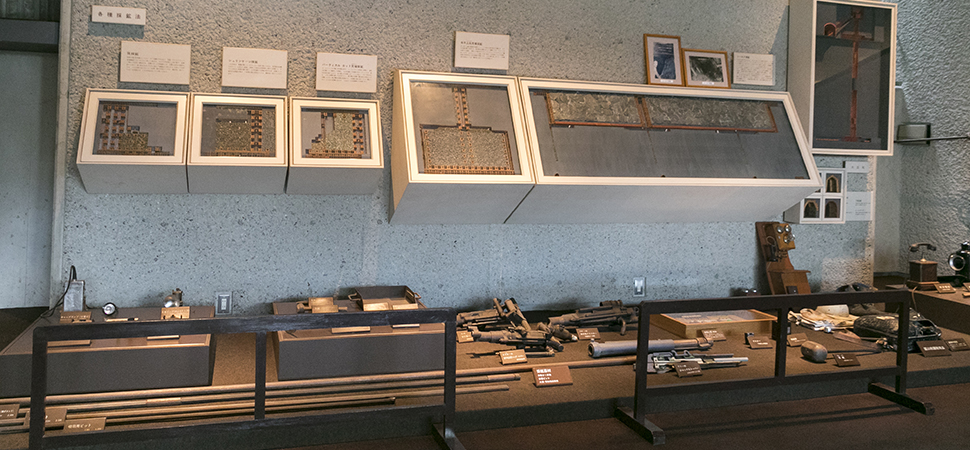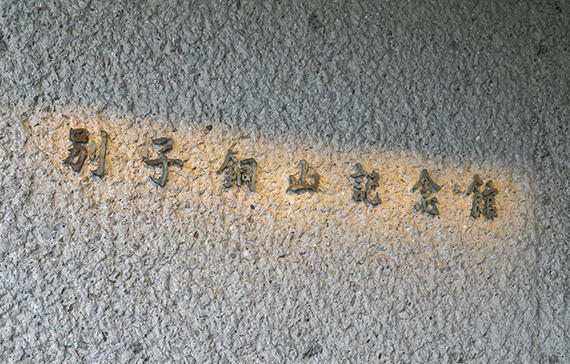Following the discovery of a major copper deposit in 1690, the Besshi Copper Mine, located in the southeast of Niihama City in Ehime Prefecture, opened in 1691. Copper production continued there for 283 years through the Edo, Meiji, Taisho, and Showa periods until the mine closed in 1973.
Mining began at a site 1,200 meters above sea level and continued until eventually reaching a depth of around 1,000 meters below sea level.
Since the Besshi Copper Mine is unique among copper mines around the world in having been continuously operated by a single company (Sumitomo) throughout such a long history, museum visitors can view many important historical materials that might otherwise have been lost over the years or become scattered.
The museum interior is divided into five exhibition corners: 1. Izumiya, which relates the history of Sumitomo; 2. History, an exhibit focusing on the period from the mine opening to recent mining-related businesses; 3. Geology, where ore samples and other items of geological interest are exhibited; 4. Daily Life and Customs, which depicts the everyday lives of people who worked at the mine; and 5. Mining Techniques, an exhibit of equipment and materials used following the introduction of western mining techniques.
Visitors to the museum can explore the mine’s fascinating historical legacy, narrated through interesting exhibits, including the first steam locomotive purchased from Germany for the mine railway, which opened in 1893, and examples of copper designated for export through the Nagasaki trade in the Edo Period. A model of mine roads with a total length of 700 kilometers is impressive.
The museum is on the grounds of Oyamazumi Shrine, where the guardian spirit of the Besshi Copper Mine is enshrined. The semi-underground building’s exterior design evokes the image of a mine, and the roof is planted all over with Satsuki azaleas. The azaleas are in full bloom every May, as if in celebration of the granting of permission to operate a copper mine by the Tokugawa Shogunate in May of 1691, and the museum is a popular Satsuki azalea viewing spot in Niihama.

 EN
EN